AI marketing: text, image, video, advertising, store & social media – what works?
Marketing in 2025 is unthinkable without AI. From texts and images to videos – artificial intelligence is changing how agencies work and the roles that people play in them. However, the real revolution is not in the technology, but in the mindset: AI frees teams from routine so that they have more time for strategy, emotion and brand management. If you choose the right tools now, you can take your business to a whole new level. An insight, commentary and input from Stephan Czaja.
AI marketing: How do agencies use AI?

KI Erfahrung von Stephan Czaja
AI doesn’t do the job, but it can make certain areas up to 184 times faster. For agencies, this means that they can offer their clients significantly more service in less time. While a traditional editorial team used to take days or weeks to create and coordinate content, modern AI tools do large parts of this in just a few minutes. This also shifts the role of agencies: they become more of a strategist and curator, while repetitive tasks are taken over by the AI.
Increase productivity
Today, texts, images and videos can be created much faster than ever before. In the past, several departments had to work together on a project; today, a well-formulated prompt is often enough. Even transcript corrections of YouTube videos or the creation of social media descriptions can be done virtually in real time. This not only enables agencies to produce more output, but also a higher frequency of tests and optimizations. A blog post is no longer seen as a single project, but as part of a continuous content machine that constantly delivers new data.
- Texts in minutes instead of hours
- Processes become scalable
- Faster optimizations possible
AI Avatare 2022/2023
PS: What sets us apart? We were already active before the AI hype. With content spinning software, the first virtual avatars at fashion shows and early automation. This experience shows that technology changes, but the core remains the same – those who understand how tools work early on are ahead of the game. Today, we are ready for the next evolutionary stage in marketing.
Accelerate creativity
There has also been a paradigm shift in the creative process. Where people used to work with brainstorming sessions and lengthy coordination, campaign ideas can now be visualized directly by AI tools. Storyboards, video plans or content days are created at the touch of a button, including suggestions for titles, keywords and even variations for different target groups. This does not mean that creativity disappears – on the contrary: creativity is accelerated by AI. Instead of spending a long time refining ideas, teams have more time to focus on fine-tuning and emotional appeal.
Minimize costs
One major advantage of AI is the drastic reduction in costs. A few years ago, companies had to employ large teams of copywriters, designers or video producers to publish relevant content at a high frequency. Today, many of these tasks can be automated. This does not mean that human labor is becoming superfluous – rather, the focus is shifting: instead of investing budgets in quantity, money is increasingly flowing into strategy, brand management and the creation of truly unique content. AI takes over the craft, humans control the vision.
- Produce SEO content more cheaply
- Teams are relieved
- Focus shifts to strategy
Create texts with AI
AI doesn’t just write texts – it delivers complete content strategies. For SEO of blogs, product descriptions, Google titles and meta descriptions, AI is a real game changer. While copywriters used to spend hours working on structure, wording and optimization, AI like ChatGPT now creates multiple variants in seconds. This opens up a new dimension of testing: Which title brings more clicks? Which description will keep users on the page longer? AI provides immediate data that teams can use to further refine content.
From blog to store optimization
Whether blog posts, landing pages or product pages – the tools adapt individually. Google Titles and preview texts are created automatically and can be imported directly into the CMS or store via XML import. This puts an end to the tedious copy-paste of individual content. Particularly exciting: AI recognizes patterns in search queries and automatically suggests content that is highly relevant to the target group. If you use this, you can build a data-driven content machine in the background that grows continuously.
- Automated content pipelines
- SEO optimization in real time
- Strategy driven by data
Create images and graphics with AI
Fotos machen? So 2025
Searching for stock photos is a thing of the past. Today, AI can be used to generate realistic images and complex infographics using a text prompt. People used to spend hours on platforms like Shutterstock – and often still couldn’t find a suitable image. It was particularly difficult in niches, for new products or for scenarios that simply didn’t exist yet. AI solves this problem by generating image ideas directly. This not only creates unique visuals, but also a consistent visual language across all channels.
Visual content for every platform
Images and graphics can be used immediately for blog articles, SEO strategies and social media posts. The big advantage: every brand can create its own visual world without being dependent on external providers. This not only makes production cheaper, but also strengthens the brand identity because the visual language and tonality can be controlled directly.
Create videos with AI

Content nach Keyword Plan (AI)
Video production days used to be expensive and inflexible. Today, small content pieces can be created in just a few minutes with AI and changed immediately if necessary. Instead of expensive days of filming in the studio, a short prompt is often enough to create a complete explanatory video or even a promotional film. The comparison is impressive: where several weeks of planning used to be necessary, today several versions for different target groups are created in just a few hours. This not only speeds up campaigns, but also makes them much more flexible.
Realistic avatars and speakers
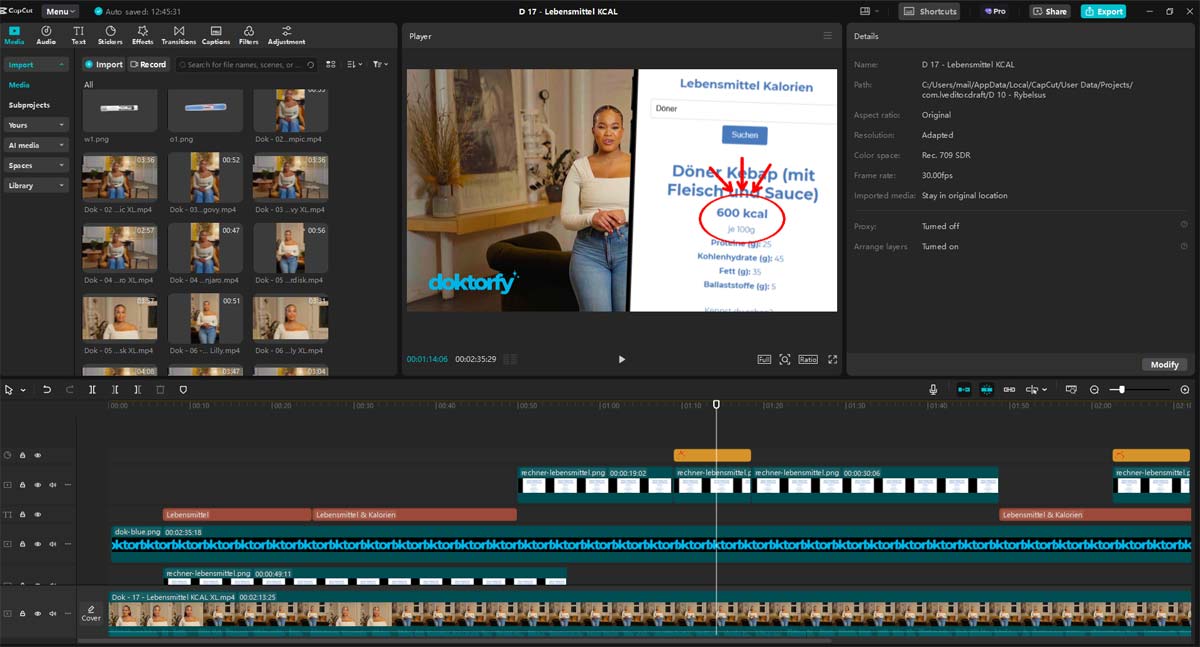
Videoschnitt der AI Avatare
Modern tools can reproduce real people, right down to their voice, facial expressions and gestures. This allows videos to be produced in series without the voice actors having to go to the studio every time. This is a revolution, especially for brands with high content requirements. At the same time, the question of authenticity arises: do customers prefer to see real people or is a perfect simulation enough? This shows that AI not only changes technology, but also the expectations and perceptions of target groups.
Website and store automation
AI is also changing customer service. Instead of waiting for human responses, companies now offer chatbots that are available around the clock. These systems access databases, answer questions and even speak fluently with customers. The advantage is obvious: no one has to wait for opening hours anymore. But there’s more: AI can also act proactively, give purchase recommendations and make individual product recommendations – an area that was previously only possible with enormous effort in e-commerce.
Automated campaign planning
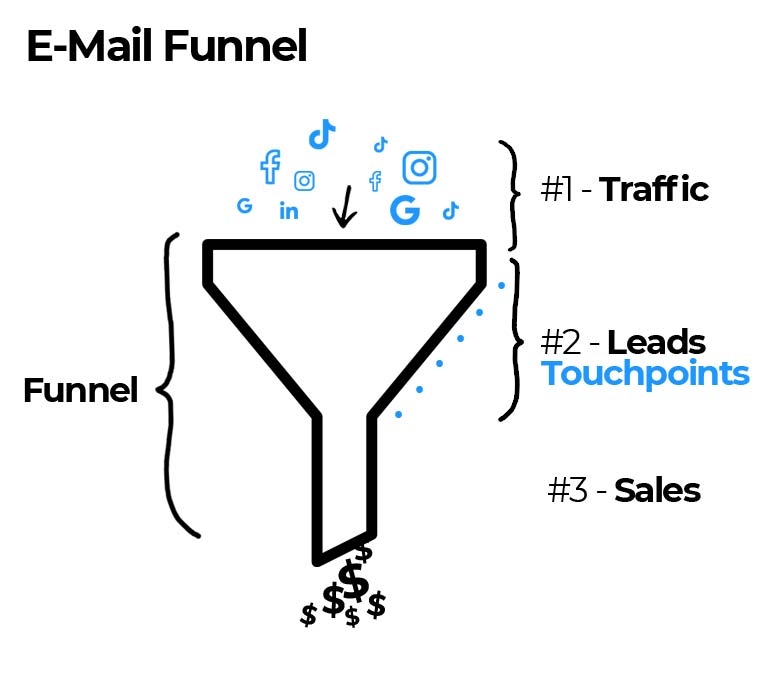
E-Mail Funnel (Automatisierung)
Not only customer service is automated. Newsletter marketing, funnel strategies and A/B split tests are also faster and more targeted. In the past, marketing teams had to plan test runs over weeks and evaluate them manually. Today, AI immediately generates several variants, tests them in parallel and delivers results in real time. As a result, companies gain speed and can make data-based decisions without long waiting times.
Change through AI

Google setzt auf KI statt Suchergebnisse
The world is changing – and so is marketing. Giants like Google have to rethink their business models because new players like OpenAI are conquering the market and other offspring like Worldcoin. Even giants like Meta are investing billions in AI. And alongside the giants are many small tools such as Gauth AI (from ByteDance). In addition, there is more and more augmented reality (AR) such as VR glasses from Meta or Snapchat.
Creators and influencers are also feeling the change: videos can now be created at the touch of a button. This is having an impact on entire industries – from film production and copywriting agencies to traditional photographers. Where expensive hardware and large teams used to be necessary, today a laptop with the right software is often enough.
New opportunities for all
The advantage: Anyone can realize their ideas without large budgets or networks. The boundaries between professional and amateur are becoming blurred. A person with a good concept can now produce the same level of content as a company with a large team – if they know the right tools. This opens up completely new markets, but also changes expectations: Customers are getting used to fast, high-quality content – and companies have to keep up.
What makes the use of AI difficult for companies?
Many companies fail not because of the technology, but because of how they deal with the flood of new tools. Hundreds of AI applications appear every month, only a few of which are really relevant. If you don’t have a clear overview, you quickly lose time and money. What’s more: Not every team is prepared to use AI effectively. The tools are powerful, but they require knowledge, experience and, above all, a good strategy. Without this, they often remain unused or are used incorrectly.
Integration into the company
AI goes far beyond content: CRM systems, recruiting or data analysis – everything can be automated. But without specialist knowledge, the potential remains untapped. This is why more and more companies are relying on specialized consultants to select and implement the right tools. Those who have this expertise in-house can scale their processes, while others get stuck in the jungle of possibilities. In retrospect, the difference is not whether you use AI, but how you use it.
- Too many tools to choose from
- Lack of expertise in the team
- High demand for integration
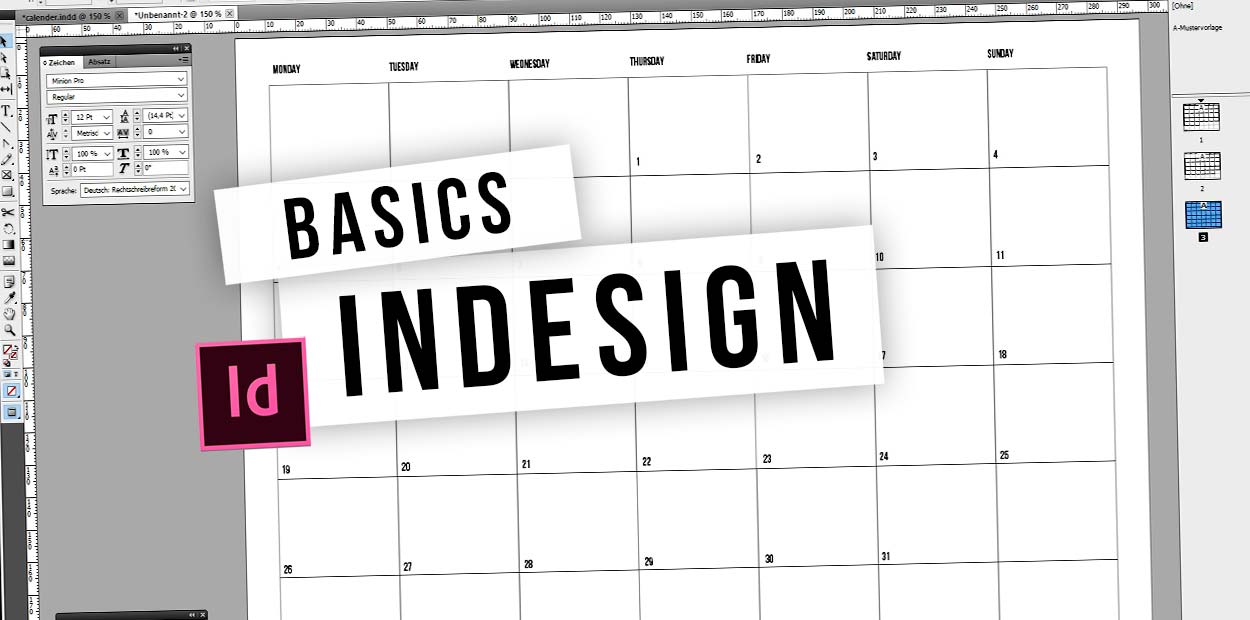



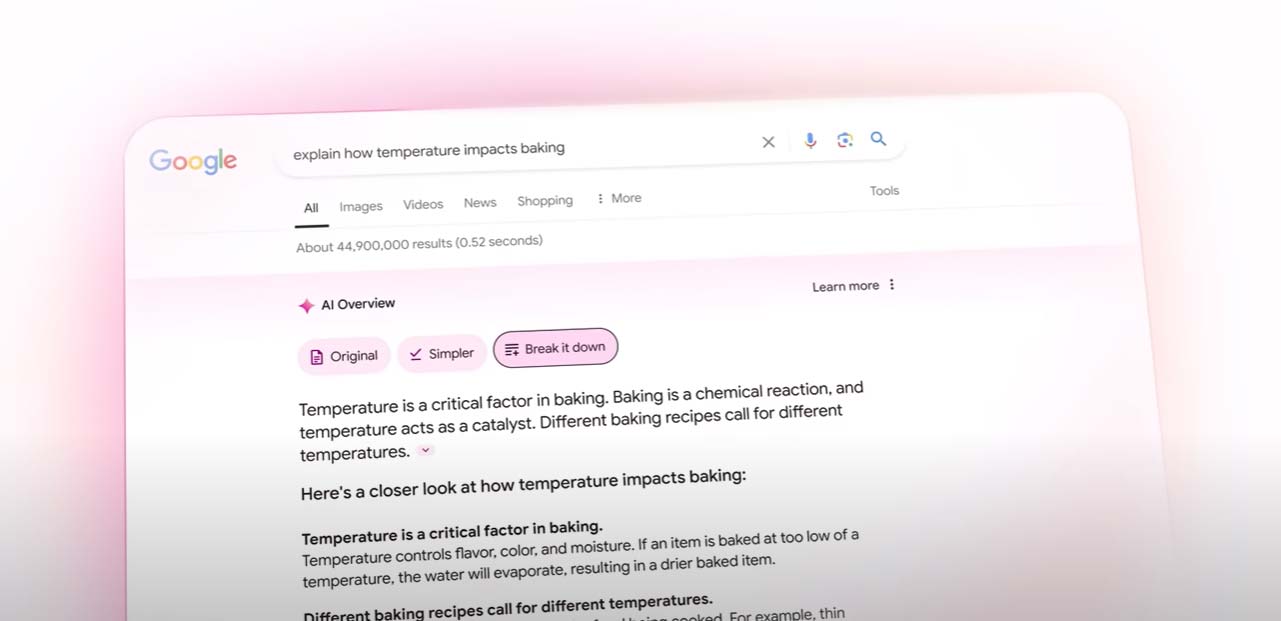


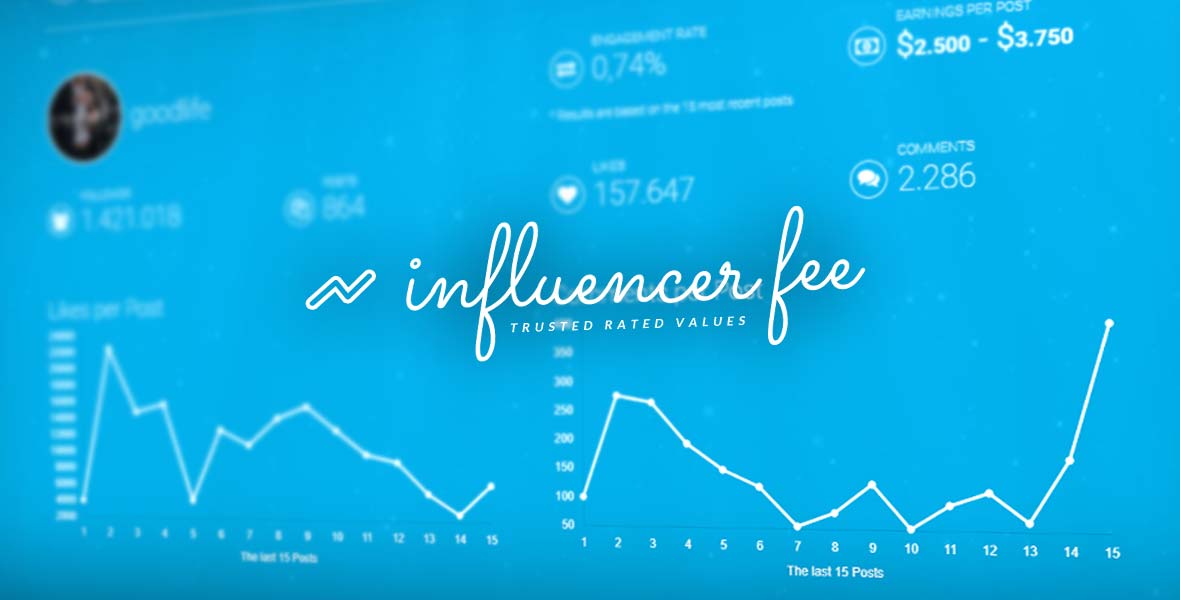
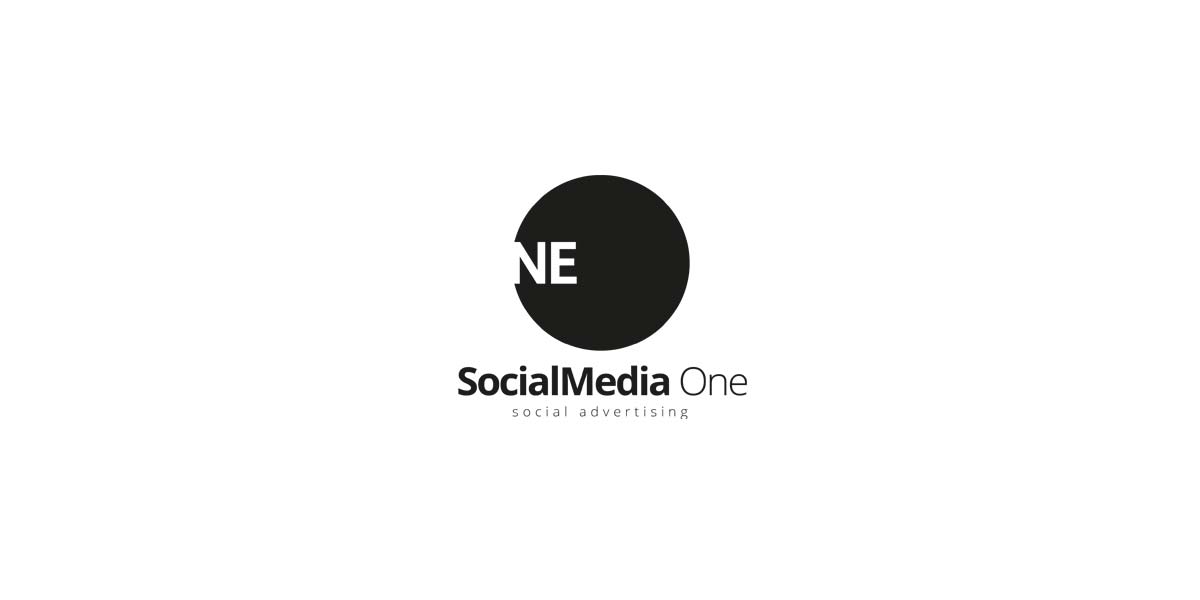


 4.9 / 5.0
4.9 / 5.0